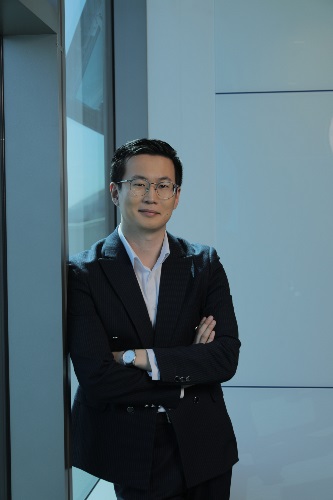
You can search for an article or a topic and category.

Bayartsengel Batsaikhan is CEO of TUS Solution, a company specializing in management and software services rooted in system engineering principles. He's also an active researcher of "Young Researchers Supporting foundation" that employs system engineering approaches to address pressing societal challenges in Mongolia.